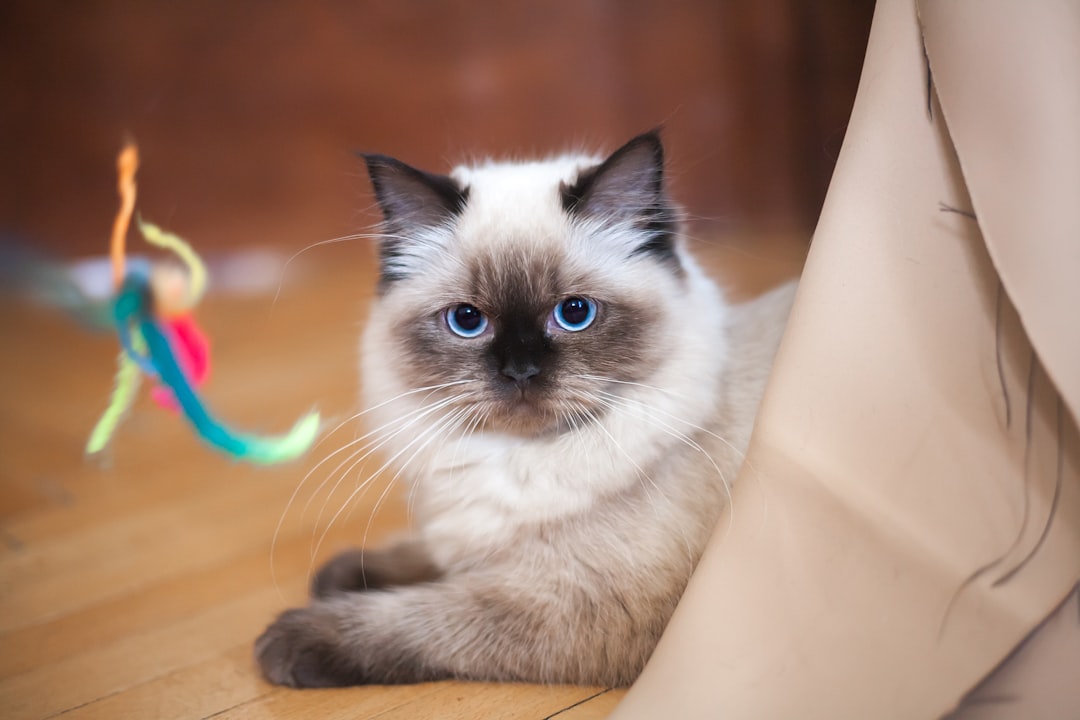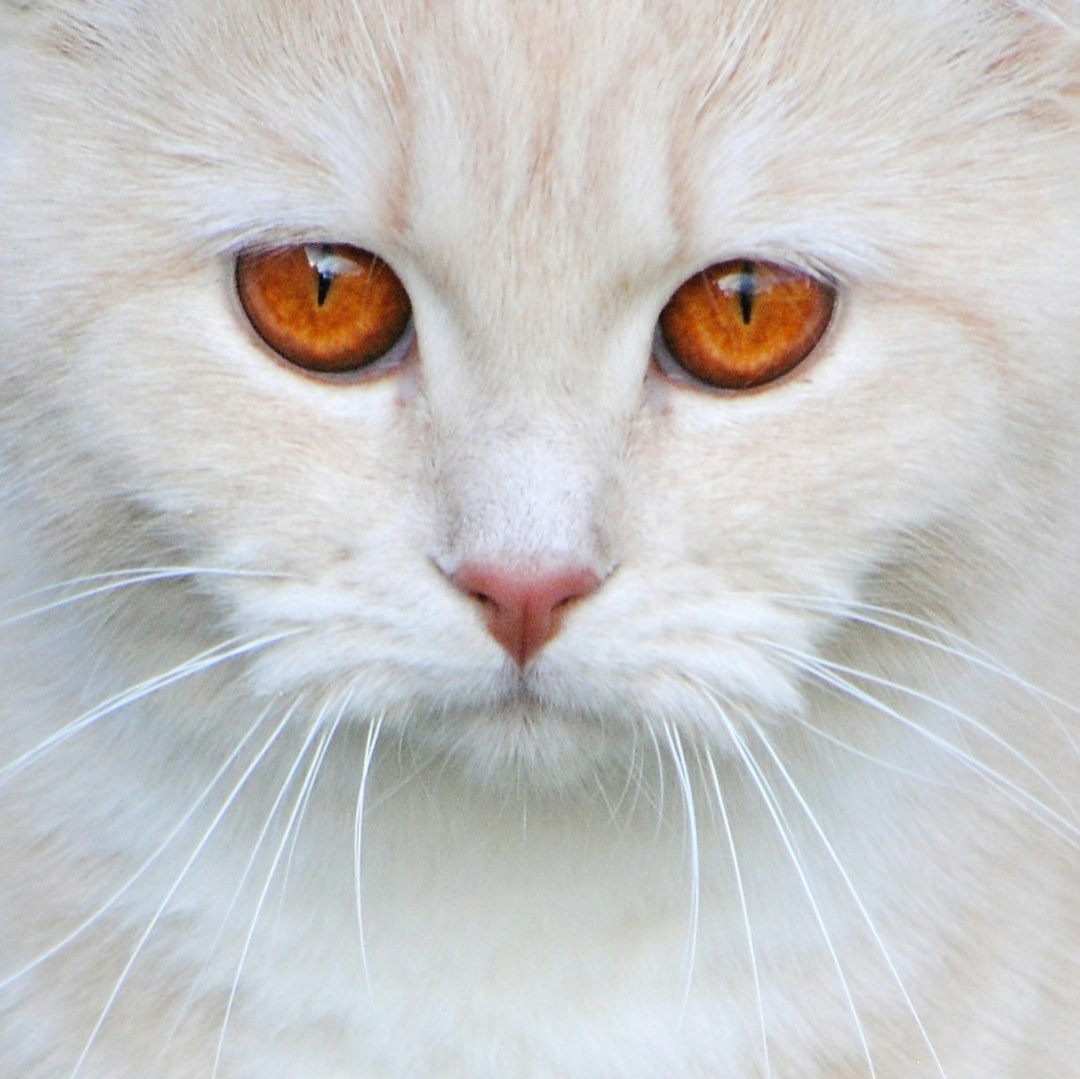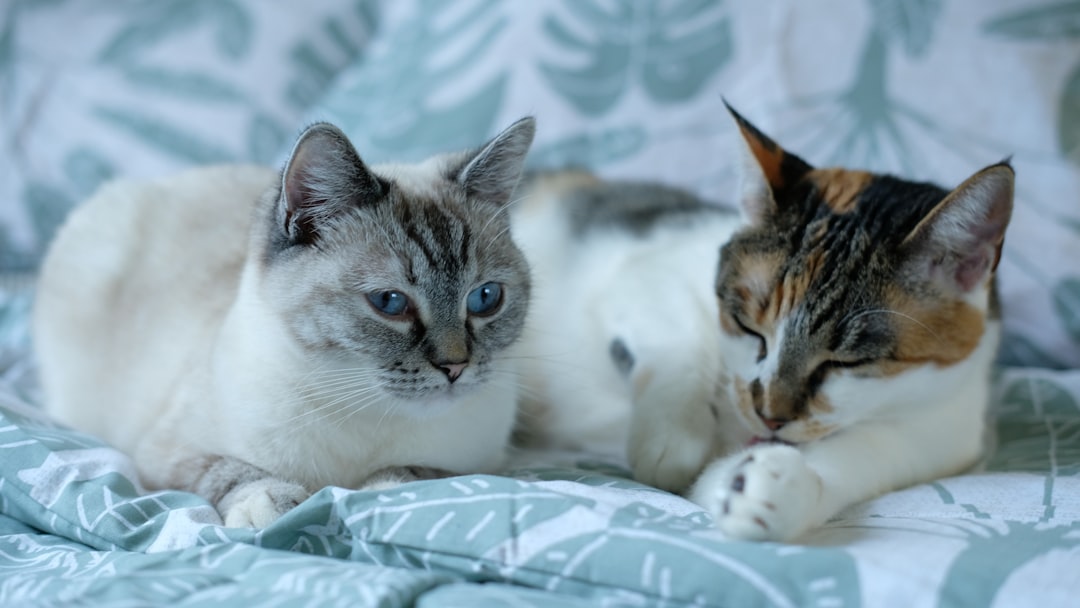Bringing home a new companion is an exciting adventure, especially when it comes to adorable ragdoll kittens. Known for their gentle personalities and affectionate nature, these feline friends make excellent pets. However, before you welcome a ragdoll kitten into your life, it’s crucial to understand their unique breed characteristics and temperament. This guide will provide you with everything you need to ensure a smooth transition for both you and your new furry family member, from essential supplies to health care tips. Get ready to create a loving environment for your future ragdoll kitten!
Understanding Ragdoll Kittens: Breed Characteristics and Temperament
Ragdoll kittens are known for their striking beauty and unique demeanor. Here are key characteristics that define this breed:
- Appearance: Ragdolls boast a semi-long coat, large size, and captivating blue eyes. Their fur feels soft and plush, making them a delight to cuddle with.
- Temperament: These kittens are famous for their affectionate and gentle nature. They often seek human interaction and enjoy being held, hence the name "Ragdoll" – they tend to go limp when you pick them up.
- Social Behavior: Ragdoll kittens are generally good with children and other pets, making them an excellent choice for families. They thrive on companionship and can become lonely if left alone for too long.
Comparison Table: Ragdoll Kittens vs. Other Breeds
| Feature | Ragdoll Kittens | Other Breeds |
|---|---|---|
| Size | Large | Varies |
| Coat | Semi-long | Short to long |
| Temperament | Affectionate & Gentle | Varies |
| Playfulness | Moderate | High to moderate |
In summary, Ragdoll kittens combine beauty with an endearing temperament, making them not only adorable pets but also great companions. Understanding their traits is essential as you prepare to welcome one into your home.

Essential Supplies for Your New Ragdoll Kitten
Bringing home ragdoll kittens is an exciting journey! To ensure a smooth transition, you’ll need to gather essential supplies. Here’s a list of must-haves to prepare for your new feline friend:
- Litter Box: Choose a box that’s spacious; ragdoll kittens grow quickly.
- Litter: Opt for a non-clumping, unscented option to keep it safe for kittens.
- Cat Food: Select high-quality kitten food; ragdoll kittens require a balanced diet for healthy growth.
- Water Bowl: A shallow, ceramic or stainless steel dish works best.
- Scratching Post: Cats love to scratch; this will help protect your furniture.
- Toys: Interactive toys stimulate their playful nature; consider feather wands and jingle balls.
- Bedding: Provide a cozy spot for your kitten to sleep; a soft blanket will do nicely.
- Carrier: A secure carrier is essential for vet visits and safe transport.
Having these supplies on hand creates a welcoming environment for your ragdoll kittens, setting the stage for a happy and comfortable home!
Preparing Your Home for a Ragdoll Kitten
Bringing home ragdoll kittens requires you to thoughtfully prepare your living space. Here’s how to create a safe and welcoming environment for your new furry friend:
Secure Hazards:
- Move toxic plants and hazardous materials out of reach.
- Cover electrical cords and ensure windows and balconies are secure.
Designate a Space:
- Choose a quiet area for your kitten’s bed and litter box.
- Ensure it’s away from heavy foot traffic to provide a sense of security.
Provide Entertainment:
- Invest in scratching posts and toys to keep your ragdoll kittens entertained.
- Include climbing trees, as Ragdolls enjoy heights.
Litter Box Setup:
- Select a litter box that suits their size; Ragdolls grow quite large.
- Use unscented, clumping litter to encourage use.
Food and Water Stations:
- Choose shallow, sturdy dishes for food and water.
- Place them in a calm area to prevent anxiety during meals.
By keeping these tips in mind, you can create a comfortable environment that helps your ragdoll kittens adjust quickly to their new home.
Nutrition Guide: Feeding Your Ragdoll Kitten
Feeding your ragdoll kittens the right nutrition is crucial for their growth and overall health. As a large breed, Ragdolls require a diet rich in high-quality protein and essential nutrients. Here’s a straightforward guide to ensure you meet their dietary needs:
Key Nutritional Components
- Protein: Aim for at least 30% protein from sources like chicken, turkey, and fish.
- Fats: Essential for energy; include omega-3 and omega-6 fatty acids for coat and skin health.
- Carbohydrates: While kittens don’t need many carbs, a small amount can be included from sources like brown rice.
- Vitamins and Minerals: Ensure a balanced diet for optimal growth; look for a commercial kitten food fortified with the necessary vitamins.
Recommended Diet Types
| Type of Food | Benefits |
|---|---|
| Wet Food | Provides moisture and can be more palatable. |
| Dry Food | Helps with dental hygiene and is easy to store. |
| Raw Diet | Mimics natural feeding but requires careful preparation. |
Feeding Schedule
- Kittens (up to 6 months): Feed 3-4 times a day.
- Young Adults (6 months – 1 year): Transition to twice daily feeding.
By focusing on a balanced and nutritious diet, you’ll give your ragdoll kittens the best start in life. Always consult with a veterinarian for specific dietary recommendations tailored to your kitten’s needs!

Health Care Essentials: Vet Visits and Vaccinations
Caring for your ragdoll kittens involves regular veterinary visits and vaccinations to ensure they stay healthy. Early health care sets the foundation for a long, happy life. Here are the essentials:
Initial Vet Visit: Schedule a check-up shortly after bringing your kitten home. This visit usually includes:
- A complete health assessment
- Weight check and growth monitoring
- Discussion of any concerns regarding your ragdoll kittens
Vaccination Schedule: Ragdoll kittens require a series of vaccinations, typically delivered in two main phases:
- Core Vaccines: FVRCP (Feline Viral Rhinotracheitis, Calicivirus, Panleukopenia) and Rabies usually start between 6-8 weeks.
- Booster Shots: Follow-up vaccinations happen every 3-4 weeks until they reach 16 weeks of age.
Regular Check-Ups: After vaccination, schedule annual vet visits to monitor your ragdoll kittens’ health and catch any issues early.
Keep an eye out for signs of illness, such as lethargy or changes in appetite. Providing consistent health care is vital to your kitten’s well-being!
Socialization and Training Tips for Ragdoll Kittens
Socializing and training your ragdoll kittens is crucial for a well-adjusted adult cat. These playful and affectionate cats thrive on interaction, so early socialization helps them develop into confident pets. Here are some effective tips to ensure your ragdoll kitten becomes a friendly and well-mannered companion:
Expose to Different Environments: Gradually introduce your kitten to various sounds, people, and other animals. This helps them feel comfortable in different situations.
Positive Reinforcement: Use treats and praise to reward good behavior. This approach encourages your ragdoll kitten to repeat desirable actions.
Playtime Interaction: Engage in regular play sessions with wand toys or laser pointers. This not only builds a bond but also teaches your kitten how to interact with their environment.
Short Training Sessions: Keep training sessions brief (5-10 minutes) to maintain their attention. Focus on basic commands like “sit” or “come.”
Be Patient and Consistent: Ragdoll kittens respond best to a calm and patient approach. Consistency is key for reinforcing expected behaviors.
By implementing these socialization and training tips, you will help your ragdoll kitten thrive as a beloved member of your family!
Grooming and Maintenance: Keeping Your Ragdoll Healthy
Caring for your ragdoll kittens involves regular grooming and maintenance to keep them healthy and happy. Their stunning, medium to long, soft fur requires attention to prevent matting and hairballs. Here are essential grooming tips:
- Brushing: Aim to brush your ragdoll kittens at least twice a week. This helps remove loose hair and reduces shedding. Use a slicker brush to reach the undercoat effectively.
- Bathing: Bathe your kittens occasionally, about every 4-6 weeks, to maintain cleanliness. Choose a mild cat shampoo to prevent skin irritation.
- Nail Trimming: Regularly check and trim their nails to prevent overgrowth. Aim to trim every 2-3 weeks.
- Ear Cleaning: Check their ears weekly for dirt or wax buildup. Use a vet-approved ear cleaner and cotton balls.
- Dental Care: Start brushing your kittens’ teeth with feline toothpaste to promote dental health.
By integrating these grooming practices, you ensure that your ragdoll kittens stay healthy, reduce allergens in your home, and foster a loving bond with them.

Common Health Issues in Ragdoll Kittens and Prevention Tips
Ragdoll kittens are known for their gentle nature and striking appearance, but they can be prone to certain health issues. Being aware of these conditions helps you take proactive steps to ensure your kitten’s well-being. Here are some common health concerns and effective prevention tips:
Common Health Issues:
- Hypertrophic Cardiomyopathy (HCM):
- A genetic heart disease that can lead to heart failure.
- Obesity:
- Ragdolls may become overweight without proper diet and exercise.
- Urinary Tract Issues:
- Some Ragdoll kittens may suffer from urinary crystals or infections.
Prevention Tips:
- Regular Vet Check-ups:
- Schedule at least annual visits for early detection of diseases.
- Balanced Diet:
- Feed high-quality, appropriate portions to maintain a healthy weight.
- Hydration:
- Ensure fresh water is always available to prevent urinary problems.
- Dental Care:
- Introduce regular dental hygiene to avoid gum diseases.
By recognizing these potential health issues in Ragdoll kittens and taking preventive actions, you can support a long and healthy life for your furry friend.
Frequently Asked Questions
What are the key characteristics of Ragdoll kittens?
Ragdoll kittens are known for their striking blue eyes and soft, semi-long fur that feels plush to the touch. They are generally large in size, often gaining significant weight as they grow. Personality-wise, Ragdolls are famous for their docile and affectionate nature. They tend to be friendly, sociable, and enjoy human companionship, which makes them great pets for families. Their relaxed temperament allows them to adapt to various living situations, and they often go limp when picked up, hence the name ‘Ragdoll.’
How do I prepare my home for a Ragdoll kitten?
Preparing your home for a Ragdoll kitten involves creating a safe, comfortable, and engaging environment. Begin by ensuring that all hazardous items, such as toxic plants and small objects that could be swallowed, are out of reach. Designate specific areas for feeding, litter boxes, and sleeping. Provide scratching posts to prevent furniture damage and toys to keep them mentally stimulated. Additionally, consider setting up a cozy bed in a quiet area where the kitten can retreat to feel secure, especially in the initial adjustment phase.
What type of diet is suitable for Ragdoll kittens?
Ragdoll kittens require a balanced and nutritious diet to support their growth and development. High-quality commercial kitten food, which is rich in proteins, fats, vitamins, and minerals, is essential. Look for foods that contain real meat as the first ingredient and are specially formulated for kittens. It is advisable to feed them multiple small meals throughout the day rather than one or two large ones to maintain their energy levels. Always consult with your veterinarian for personalized dietary recommendations tailored to your kitten’s age, health, and activity level.
How can I ensure my Ragdoll kitten is well socialized?
Socialization is key to raising a well-adjusted Ragdoll kitten. Start socializing them at a young age by gently exposing them to different environments, sounds, pets, and people. Encourage positive interactions with family members and guests, ensuring all experiences are reassuring and pleasant. Regular playtime is crucial, as it builds confidence and strengthens the bond between you and your kitten. Additionally, enrolling your kitten in a supervised playgroup can help them learn how to interact with other animals in a friendly manner.



